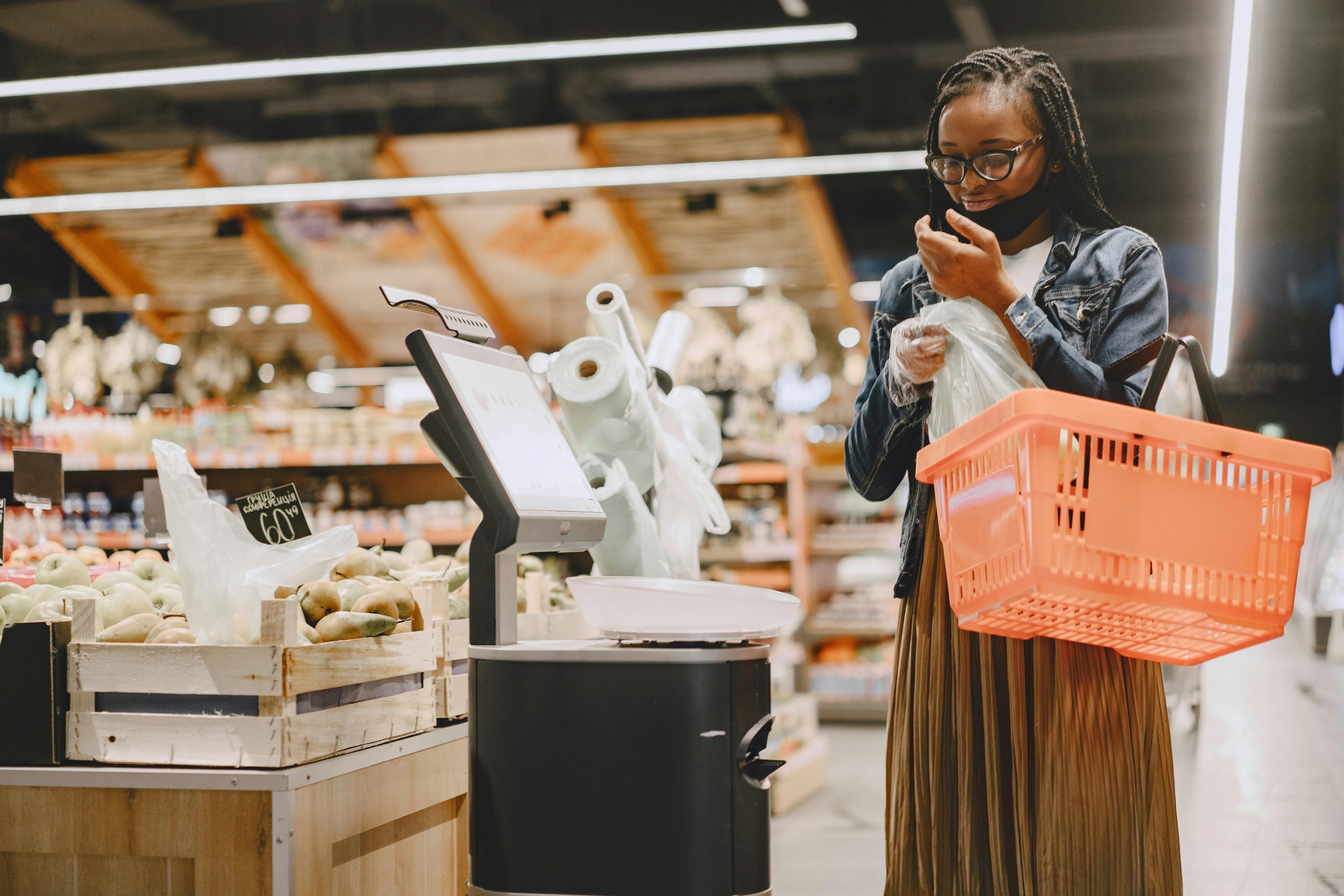Self-checkout kiosks have become increasingly common in grocery stores, big-box retailers, and even smaller shops. They promise speed, convenience, and reduced contact, appealing to many shoppers looking to get in and out quickly. However, the rise of self-service checkouts isn’t without its drawbacks. Both shoppers and retailers face potential downsides, ranging from technical frustrations and accuracy issues to security concerns and impacts on the overall shopping experience. Here are five potential disadvantages to consider when opting for self-checkout.

Image Source: Pexels
1. Technical Glitches and Frustration
Self-checkout machines can be notoriously finicky and prone to errors. Unexpected items detected in the bagging area, difficulties scanning barcodes (especially on produce or damaged packaging), issues with coupon acceptance, or problems with payment methods frequently trigger frustrating error messages. These interruptions often require intervention from a store employee, negating any potential time savings and leading to significant customer annoyance, turning a quick exit into a delay.
2. Increased Potential for Errors (Accidental Theft)
While designed to be user-friendly, mistakes can happen easily when customers scan their items. Shoppers might accidentally miss scanning an item hidden at the bottom of the cart, forget to weigh produce correctly, or inadvertently double-scan something. While often unintentional, these errors lead to inventory inaccuracies for the retailer. More concerning for the shopper, repeated errors could potentially flag them for suspected theft, especially as retailers increase monitoring due to rising theft rates associated with self-checkout.
3. Heightened Scrutiny and Theft Accusations
Retailers are acutely aware that self-checkouts are vulnerable to intentional theft. Common methods include keying in codes for cheaper items, not scanning every item, or covering barcodes. To combat this significant loss (‘shrink’), stores often employ overhead cameras, sensitive weight sensors in bagging areas, and attentive attendants monitoring multiple stations. While necessary for loss prevention, this heightened surveillance can make honest customers feel watched or implicitly distrusted, diminishing the shopping experience.
4. Impersonal Experience and Lack of Assistance
Using a machine inherently eliminates the human interaction provided by a traditional cashier. For shoppers who value a friendly exchange or need quick assistance, this can feel isolating or less pleasant. From a practical standpoint, it removes the opportunity for cashiers to answer last-minute questions, spot potential double-charges, efficiently handle complex transactions like returns or age verification, or offer helpful suggestions and upsells that might benefit the customer or the store.
5. Accessibility Challenges for Some Shoppers
Self-checkout kiosks may not be easily accessible or usable for all segments of the shopping public. Individuals with visual impairments might struggle with touchscreen interfaces and visual prompts. Customers using wheelchairs may find the height and reach required for scanning items and using payment systems difficult or impossible to manage independently. Those unfamiliar or uncomfortable with the technology might find the process confusing, stressful, or simply prefer traditional service.
Convenience Comes with Caveats
Using self-checkout offers potential benefits like speed and reduced interaction, particularly for shoppers with few, simple items. However, it also presents notable downsides that impact both customers and retailers. Technical glitches cause frustration, the potential for errors increases inventory challenges and security risks, the experience lacks a personal touch, and accessibility can be a significant issue for some shoppers. As retailers continue to deploy and refine self-service technology, balancing efficiency gains with customer experience, security concerns, and inclusivity remains a critical ongoing challenge.
Read More
Self-Checkout Rant: Are Grocery Stores Making You Work for Free?
Why Some Costco Locations Are Starting to Rethink Self-Checkout


